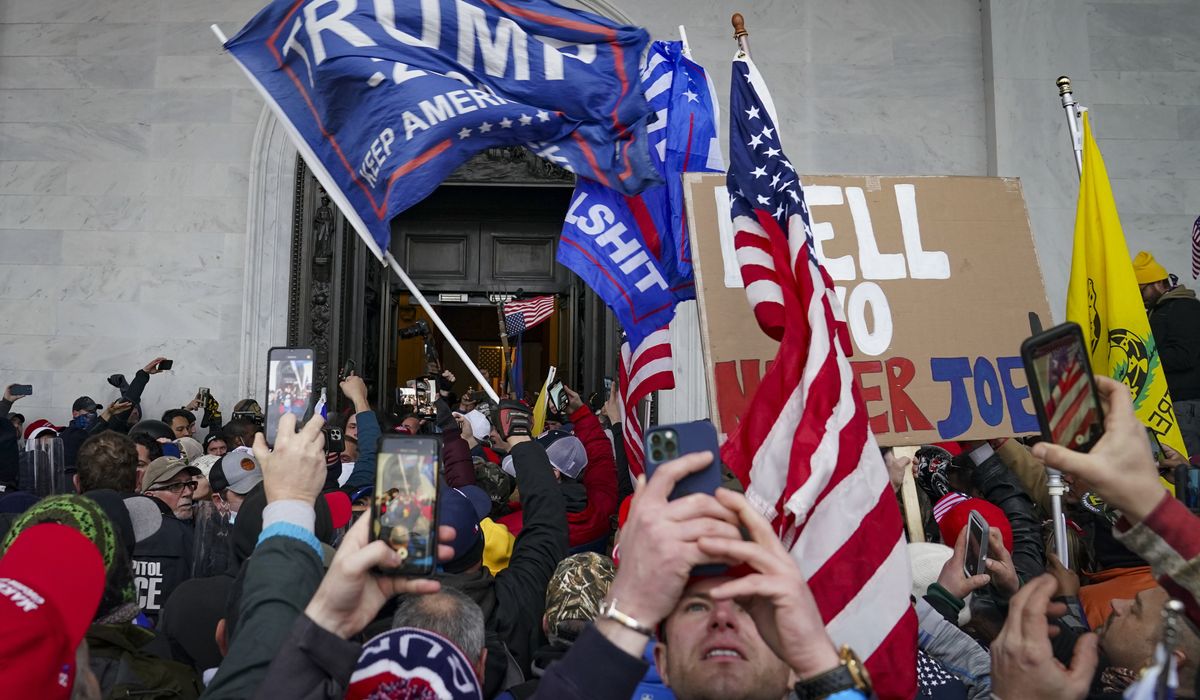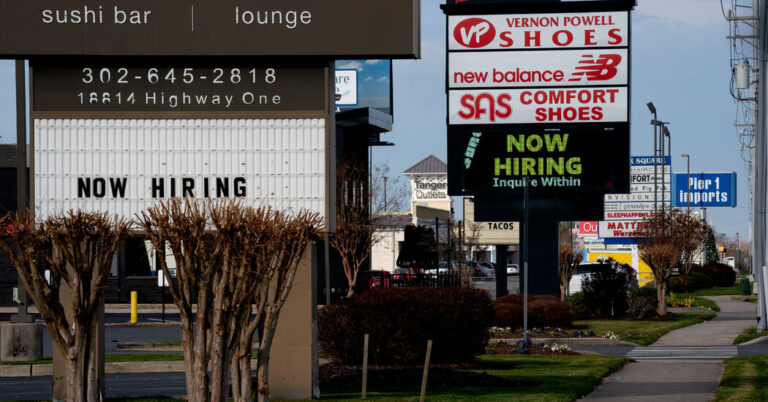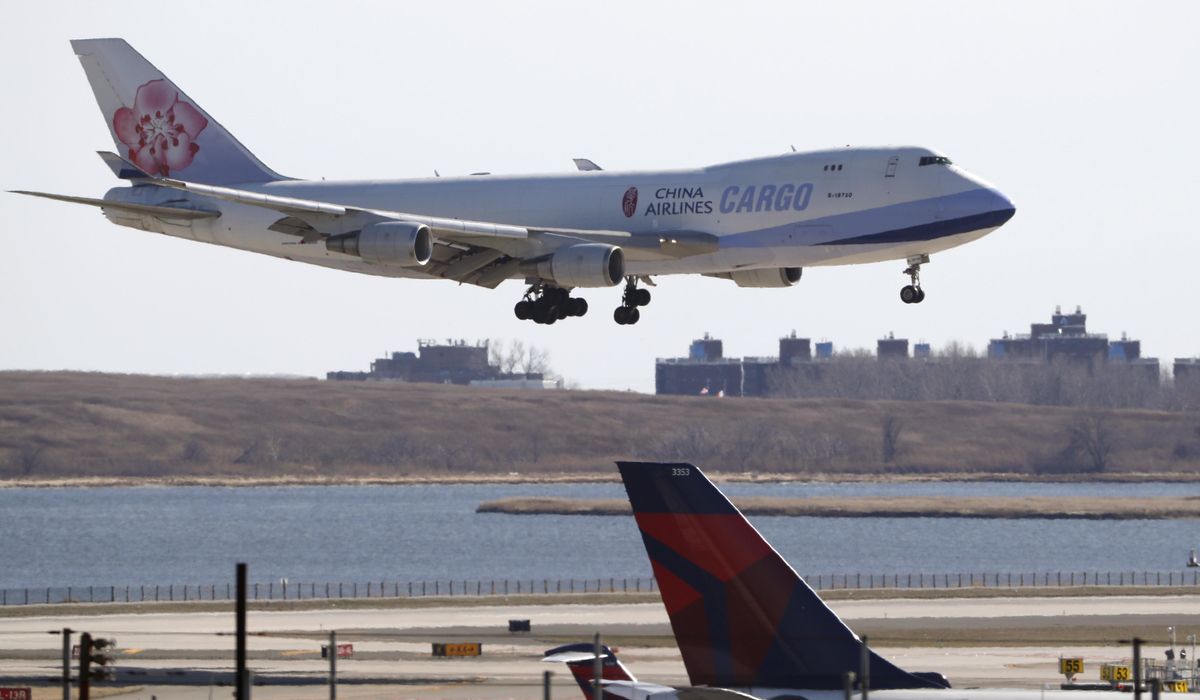
LONDON — The Duchess of Sussex will receive the nominal sum of 1 pound after a court found that Britain’s Mail on Sunday invaded her privacy.
The Guardian newspaper reported the figure Wednesday, 10 days after the Mail decided to forego further appeals and published a statement acknowledging that the American-born duchess, formerly known as Meghan Markle, had won her lawsuit.
The figure covers only the duchess’s claims for invasion of privacy. The Mail will pay another unspecified sum for infringement of copyright and lawyer fees, the Guardian reported, citing court documents.
The Mail on Sunday’s statement, which appeared Dec. 26, said “financial remedies have been agreed” but provided no details.
The settlement brings to a close a long-running lawsuit filed after the Mail on Sunday published a series of stories in 2019 based on a personal letter Meghan wrote to her estranged father after her marriage to Prince Harry.
“I think they just kind of cut their losses,’’ said Mark Stephens, a London attorney who wasn’t involved in the case, citing the seven-figure legal fees incurred by both sides. “So I think it probably was right of both parties to draw a line in the sand and … close this particular case.”
Meghan, a former actress, sued Associated Newspapers for misuse of private information and copyright infringement.
The newspaper’s lawyers disputed Meghan’s claim, arguing that she crafted the letter knowing it might be seen by the news media. Correspondence between Meghan, 40, and her then-communications secretary, Jason Knauf, showed that the duchess suspected her father might leak the letter to journalists and wrote it with that in mind.
After a lower court rejected the Mail’s arguments, the newspaper took the case to the Court of Appeal.
In the appeal, Associated Newspapers also argued that Meghan made private information public by cooperating with Omid Scobie and Carolyn Durand, authors of “Finding Freedom,” a sympathetic book about her and Harry.
The duchess’ lawyers had previously denied that she or Harry collaborated with the authors. But Knauf testified that he gave the writers information and discussed it with Harry and Meghan.
The information provided a dramatic twist in the long-running case. In response, Meghan apologized for misleading the court about the extent of her cooperation with Durand and Scobie.
The duchess said she didn’t remember the discussions with Knauf when she gave evidence earlier in the case, and had “absolutely no wish or intention to mislead the defendant or the court.”
Meghan and Harry have attracted intense media scrutiny ever since the earliest days of their relationship, which linked the second son of Britain’s Prince Charles with a U.S. television star.
In early 2020, the couple announced that they were quitting royal duties and moving to North America, citing what they said were the unbearable intrusions and racist attitudes of the British media. They have since settled in California with their two young children.


















